
There are many types of persimmons, but we'll focus mainly on the edible groups. Different varieties are native to the Americas, Europe, Asia and various islands, but not Australia (perhaps, but I found none). Because of the name "diospyros", many confuse this to referring to the food of the gods (dios = god). This is inaccurate though. The "dio-" is simply a prefix for plant names.
Astringent vs. Non-Astringent
There's a lot of confusion over what this means. Simply put, it means you can't eat unripened fruit if it's astringent. It'll be bitter and/or sour tasting. Eating too many before they are ripe can result in stomach issues as well. Non-astringent can be eaten before it's at its peak in flavor.
Astringent

As with other fruits, wrapping them individually in paper can promote more even ripening and speed the process. Many apples are similar. In fact, storing apples and astringent persimmons together can help promote the ripening of both through a process called ethylene ripening. Drying can work nicely as well.
Non-Astringent

Third Group
This one I've heard of, but didn't know it was categorized separately. They're a bit rare and really are non-astringent variants. I've seen the chocolate persimmon tree for sale, but haven't ventured to acquire one yet. Others include the cinnamon or Maru and the Kyakume or brown sugar persimmons. These are highly prized for their unique flavors and have a sort of brownish flesh that almost looks like it's rotting inside, especially the chocolate persimmon.
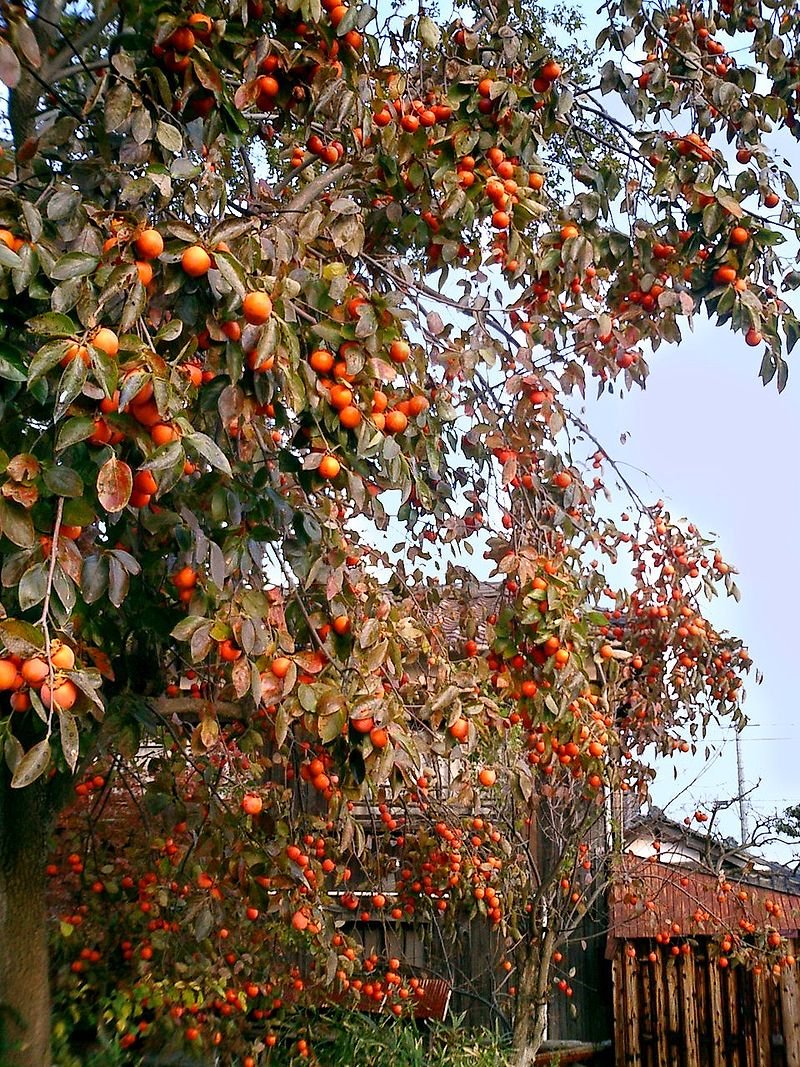
Source
Varieties
If you're considering a tree, you'll want to know whether it's astringent or not. Here are two lists of the more common varieties (from Wikipedia).
- Astringent - 'Dōjō hachiya' (ja: 堂上蜂屋), 'Gionbō', 'Hachiya' (ja: 蜂屋) ('Kōshū hyakume' (ja: 甲州百目), 'Fuji' (ja: 富士)), Hongsi (Korean: 홍시), Ormond, 'Saijō' (ja: 西条), Sheng, Tanenashi (Sub-varieties - 'Hiratanenashi' (ja: 平核無), 'Tone wase' (ja: 刀根早生)), Tamopan, Maru, Tipo and Cioccolatino.
- Non-Astringent - Dan gam (Korean, 단감), 'Fuyū' (ja: 富有), 'Hanagosho' (ja: 花御所), 'Izu' (ja: 伊豆), 'Jirō' (ja: 次郎柿), 'Sōshū' (ja: 早秋), 'Taishū' (ja: 太秋), Vainiglia
- Vary According to Pollination - Chocolate, Gailey, Hyakume, Maru and Nishimura Wase.
In the following video I'm sampling a non-astringent variety, most likely a Fuyu, which is also parthenocarpic (meaning that it produces fruit without pollination).
The one I was thinking about in the video was the medlar (Mespilus germanica), which isn't really a persimmon.
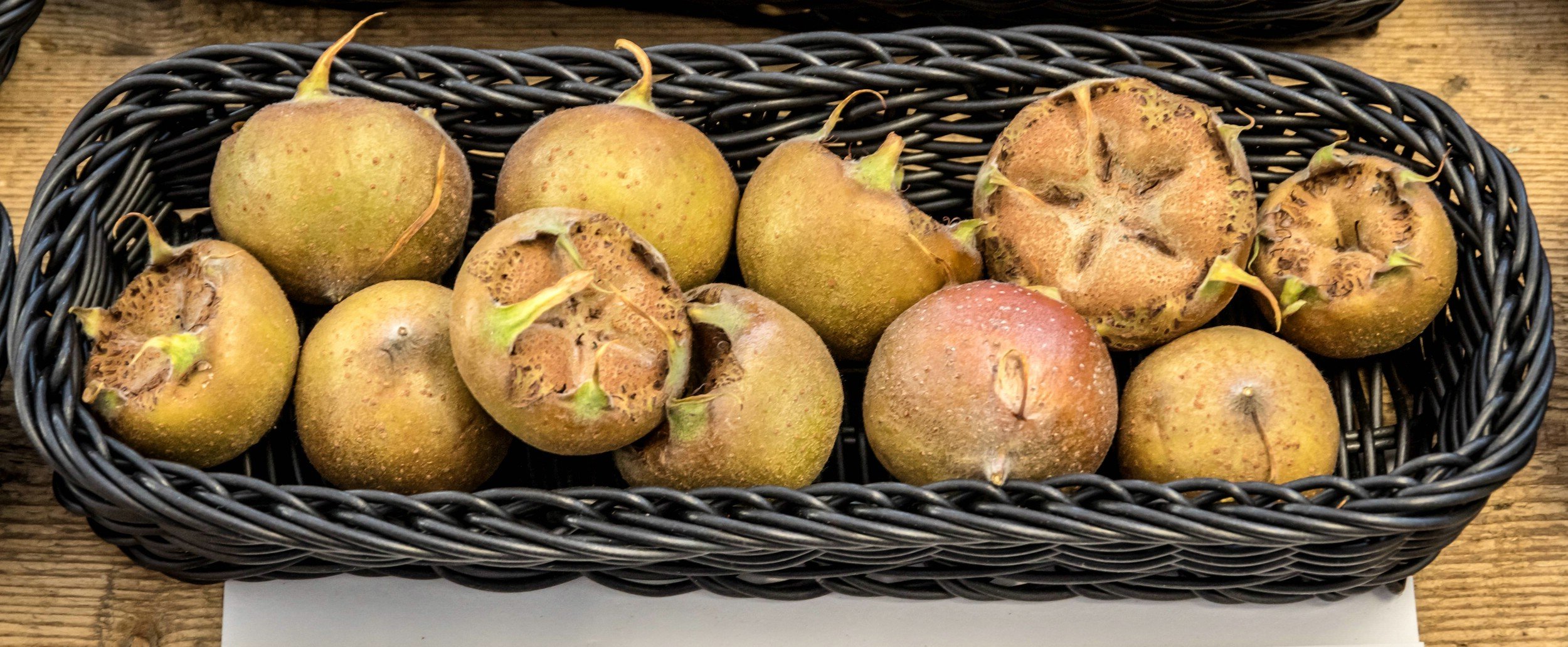
By © Jörgens.mi - Basket of medlars - Wikipedia
Señor @papa-pepper sent me this video of him eating the persimmon as well, so you get two for the price of one!
Kaki
Asian, Oriental or Japanese Persimmon

One of the challenges with this tree is that it only needs 100 chill hours, so it'll blossom as soon as it starts warming up. This results in blossom loss if an early warm spell comes and/or if there's a late frost.
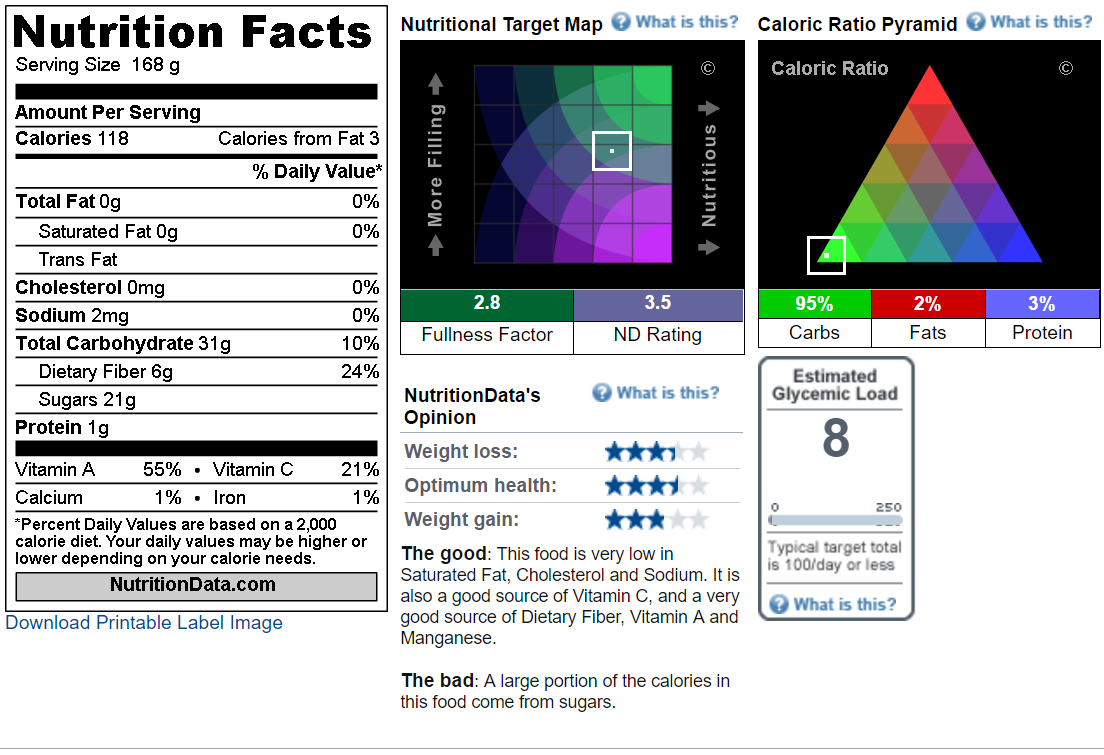
Japanese Persimmon - Source
North America
North American varieties include the American (D. virginiana), Texas (D. texana) and the black (D. digyna) persimmons. The Virginiana is more cold hardy, while the Mexican variety (black sapote) does better in warmer climates.
- The virginiana is typically called the American persimmon, and needs a fair amount of water. Hot summers will be hard on the trees, but they can handle lows around 10 F (USDA Zones 4-9). This astringent variety that tastes good once it's quite soft. More info...

Wikimedia - The Texas persimmon (texana) is hardy from USDA Zone 8b to 11, and is fairly drought tolerant. These can be found from the panhandle of Texas down into Mexico. Their small black look makes them appear unappetizing, but once they're ripe they can be quite tasty. More info...
- The black sapote (digyna) is hardy from USDA Zone 10a to 11, and doesn't handle freezes well. Native to Mexico and Central America, it can handle full sun and a variety of soils. The fruit is prized in many areas and has white flesh that turns black when it's ripe. More info...
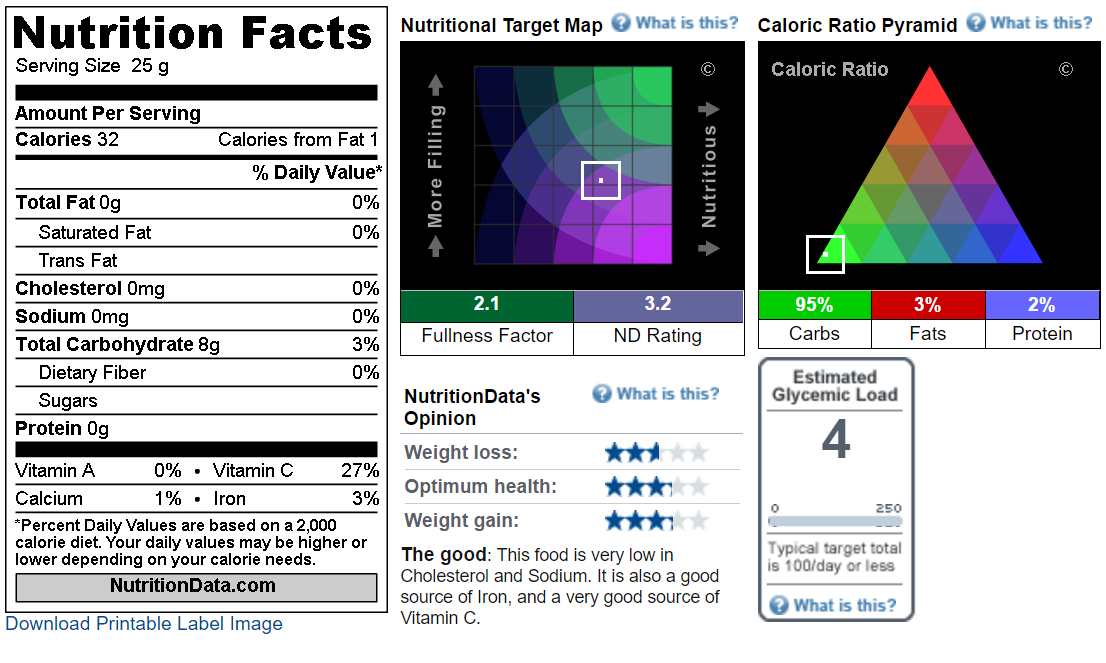
Native Persimmon - Source
Others
Pixabay

Other lesser-known varieties include:
- D. lotus (date-plum or lotus persimmon)
From southeast Europe and southwest asia. The taste is said to have some characteristics of dates and plums. More info... - D. discolor or blancoi (Mobolo or velvet-apple)
This variety grows in the Philippines, where it's called mabolo, and China, where it's called shizi. It's also been referred to as the Korean mango. More info... - peregrina (Indian Persimmon)
Native to West Bengal, this slow growing tree produces fruit that is green until ripe, when it turns yellow. Not a particularly flavorful fruit, it's better known as a local medicine.
Final Thoughts
My first experience with persimmons was at a friend's house in Italy, about twelve years ago. It must have been an astringent variety, because they would cut them in half then scoop out the jelly-like flesh. We spread it on fresh toast.
I think Fuyu is my favorite, but I've only tasted a few varieties. The Hachiya is wonderful, once it's softened up, and may be the variety we had in Italy. I currently have Fuyu and Hachiya planted, but both are still too young to produce fruit.
I took this at Casitas Valley Farm in California. It's a Fuyu grove, though I think they said they had some Hachiya as well.
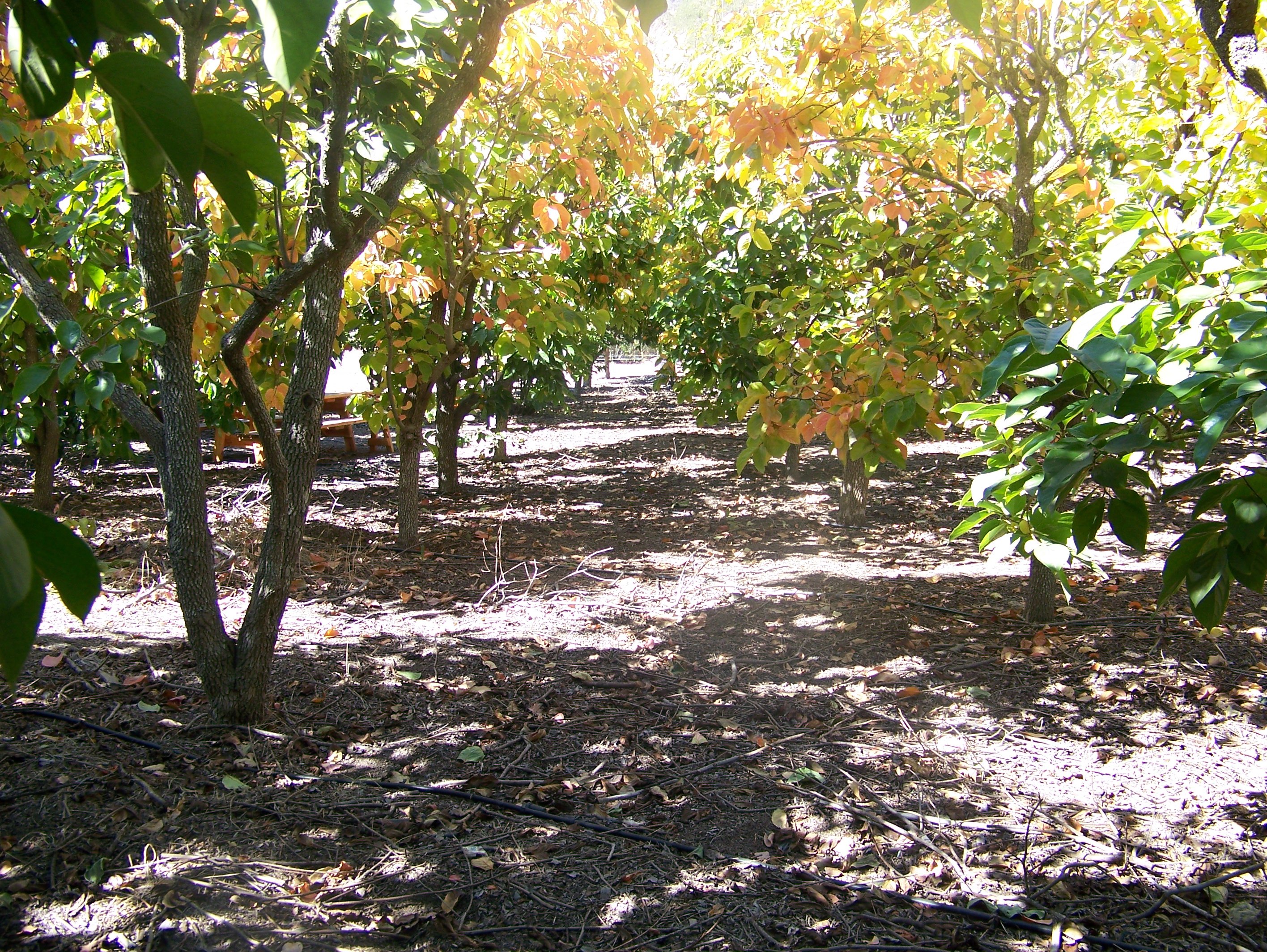
Wherever you are, you might try growing several of whatever grows best in your area, then grafting some of the others to it. The rootstock will help promote characteristics that could help the viability of a variety that might not produce otherwise.
I rarely see these in the main grocery stores. Sometimes they'll be in health food stores, international markets or local ma-n-pa stores. They're usually about a dollar each, but can be found for less at the peak of harvest season, depending on your location.
Special guest appearance from

Steemin' on,
Another Joe
- Wikipedia and here
- California Rare Fruit Growers
- National Gardening Association
- Bathgate, et al. Fuyu Primer: Collection of Published Articles, California Fuyu Growers Association, P.O. Box 1301, Valley Center, CA 92082. 1991.
- Griffith, E. and M. W. Griffith. Persimmons for Everyone. NAFEX, 1982.
- Kitagawa, H. and P. Glucina. Persimmon Culture in New Zealand. DSIR Series no. 159. Science Information Publishing Center. Science Information Publishing Center, Wellington, N.Z., 1984
- LaRue, James H., et al. Growing Persimmons. University of California, Leaflet 21277. 1982.
- Ortho Books. All About Citrus and Subtropical Fruits. Chevron Chemical Co. 1985. pp. 68-70.
- Reich, Lee. Uncommon Fruits Worthy of Attention. Addison-Wesley Pub. Co., 1991. pp. 75-94.

Logo courtesy of @oecp85




